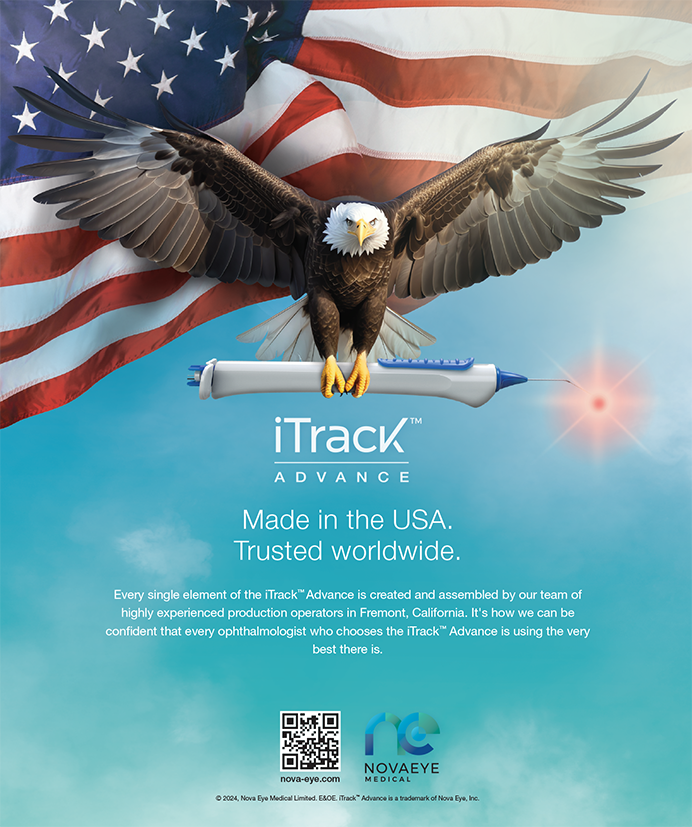What would your colleagues be surprised to learn about you?
After I graduated from Harvard University in Cambridge, Massachusetts, I spent 6 years researching traditional Chinese and alternative medicine before I went to medical school. I received a certificate from the US National Commission for the Certification of Acupuncturists. In 1985, I traveled to Copenhagen, Denmark, to speak on the treatment of refractory epilepsy with a Chinese herb from the Bupleurum genus and received an honorary doctorate from Medicina Alternativa International. The World Health Organization founded Medicina Alternativa in Alma-Ata, Kazakhstan, in 1962 to share and enhance knowledge, skills, and clinical experience in the realm of complementary medicines. This period of personal growth helped me to develop a different view of nature and life.
I think we can learn a lot from traditional Chinese medicine and philosophy. Western civilization focuses on rationality and holds that it will achieve the pinnacle of scientific knowledge if it can uncover the relationship between cause and effect. Traditional Chinese thought is more concerned about interrelationships and how different factors influence a patient's health.
Do you use techniques from Chinese and alternative medicine in your practice?
I do not use straightforward traditional Chinese medicine or perform acupuncture, but my experience with these disciplines has influenced how I interact with my patients. One of the principles of traditional Chinese medicine is described by a Japanese phrase, mizo no kokoro, which roughly translates to mind like water. When a doctor meets a patient, he is supposed to open his mind, like water running down a hill, and let the patient make an impression on him.
I follow a similar philosophy when I meet my cataract and refractive patients. I find that many of them already know what is wrong with their vision and what they need to improve. I listen to them and offer a corrective option that will please them. One patient may desire complete freedom from eyeglasses, whereas another may be more interested in overall quality of vision. To determine which option is best for patients, I try to really hear what they tell me. I think the extra effort is worthwhile, because my patients are happy and they are grateful for what I have done for them.
How has cataract surgery changed since you started practicing?
When I was a resident, the attending physicians would not let me remove a cataract until the patient had a BCVA of 20/80. The cutoff changed to 20/50 soon after I started practicing. Now, we know that Snellen acuity is a crude test for determining when someone is ready for cataract surgery. People know that cataract surgery is usually quick, painless, and effective. If they start having trouble driving at night or notice that some aspect of their vision has changed, they will not wait until the problem becomes worse before seeking treatment. Of course, we need to ensure that patients' expectations are not too high and to fully inform them of the risks and potential downfalls of different IOLs and refractive procedures.
How has the introduction of aspheric IOLs changed cataract surgery?
The successful outcomes we have achieved with aspheric IOLs have highlighted the role of contrast sensitivity in visual function. Patients may have perfectly preserved Snellen acuity, but they probably will not be completely satisfied with their vision if they have poor contrast sensitivity.
How do you think cataract and refractive surgery will change in the future?
I think cornea-based surgery will continue to be an option for young people with low refractive errors, but presbyopes or high myopes will probably benefit more from lens-based procedures. I am very interested in the potential of the AcrySof Restor aspheric IOL and the Tecnis Multifocal IOL as well as the Synchrony lens, which is completely different from anything we have implanted before.
It would be great to have an IOL we could adjust after implantation. One candidate for this procedure is the Light Adjustable Lens. Another fascinating technology is the thermoplastic Medennium SmartLens, which completely fills the bag and may allow accommodation. These technologies may offer us the opportunity to correct or enhance patients' vision without changing their corneas.
The Tecnis Multifocal, Synchrony, Medennium SmartLens, and Light Adjustable Lenses are not FDA approved.


